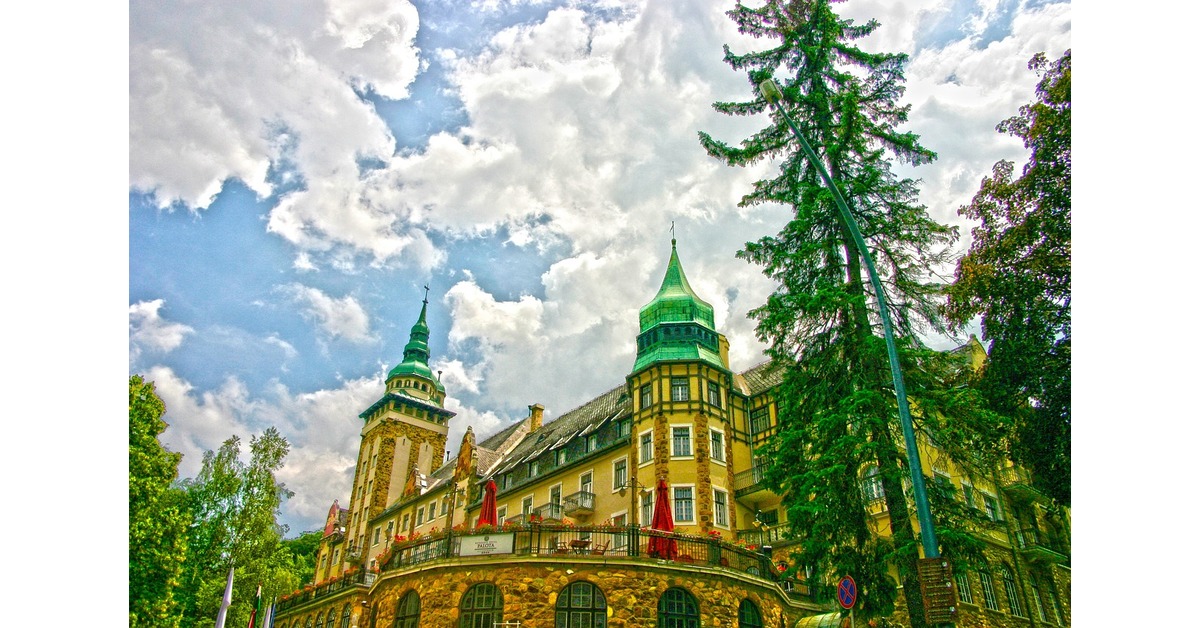Nestled in the vibrant city of Portland, Oregon, Branam Drive Portland Oregon History that reflects the broader growth and transformation of the town itself. Branam Drive is emblematic of Portland’s dynamic changes over the years, from its humble beginnings to its development into a bustling suburban area.
Early Beginnings of Branam Drive
Branam Drive Portland Oregon History, located southwest of Portland, was initially a quiet, rural road. Portland itself began as a modest settlement in the mid-1800s, with the arrival of pioneers via the Oregon Trail. The region surrounding Branam Drive was primarily agricultural, with early settlers using the land for farming and logging. These industries played a significant role in Portland’s economy during its early years, and the areas around Branam Drive were no exception.
By the late 1800s, Portland began increasing due to its strategic location along the Willamette and Columbia Rivers. This growth gradually spread out from the city centre, and rural roads like Branam Drive began to witness more activity. Early land records from the late 19th and early 20th centuries indicate that Branam Drive was part of an expanding network of rural routes connecting farms, timber areas, and small towns to the developing city of Portland.
The Growth of Portland’s Suburbs
The early 20th century marked significant changes for Portland. By the 1920s, the city was experiencing a population boom driven by the timber industry, shipbuilding, and wartime production. As more people moved into the area, the town expanded outward, developing new neighbourhoods and roadways, including Branam Drive.
During the post-World War II era, suburban expansion became a dominant trend in Portland. Like many other American cities, Portland saw the rise of suburban living as returning veterans sought affordable homes outside the crowded city core. The areas around Branam Drive were prime locations for new housing developments due to their proximity to both downtown Portland and the natural beauty of the nearby forests and hills.
In the 1950s and 1960s, Branam Drive and its surrounding areas saw a wave of new housing construction. Small farms and wooded areas were transformed into suburban neighbourhoods, attracting middle-class families looking for a quieter, more spacious living environment. The drive was widened and paved to accommodate the growing number of residents and commuters.
Urbanization and Infrastructure Development
With the increasing population in the Branam Drive area, infrastructure improvements became necessary to support the burgeoning suburban communities. By the 1970s and 1980s, Portland’s city planners and local governments had recognized the need to modernize and expand the area’s roadways, utilities, and public services.
Public transportation became a vital feature of the region’s development. Branam Drive benefited from Portland’s extensive public transportation system, particularly the bus routes that connected suburban areas to downtown Portland. This made it easier for residents of Branam Drive and nearby neighbourhoods to commute to work, further integrating the suburban communities into the fabric of Portland’s economy.
In addition, Portland’s commitment to green spaces and environmental preservation also influenced the development around Branam Drive. The city’s planning efforts in the 1990s focused on maintaining the balance between urban growth and ecological conservation, and the area around Branam Drive is no exception. Today, residents of Branam Drive have access to numerous parks, nature trails, and protected green spaces, reflecting Portland’s reputation as one of the most environmentally conscious cities in the U.S.
Historical Landmarks and Key Events
While Branam Drive Portland Oregon History itself may not boast any nationally recognized historical landmarks, the broader area is rich in Portland’s local history. The surrounding neighbourhoods have long been home to significant cultural institutions, schools, and community centres. Many of the homes built during the suburban boom of the 1950s and 1960s are still standing today, giving Branam Drive a unique architectural character that blends mid-century styles with modern developments.
One notable historical development near Branam Drive is the creation of local community hubs that have fostered a strong sense of community among residents. Throughout the latter half of the 20th century, community centres, schools, and local businesses began to spring up in and around Branam Drive. These institutions provided residents with the necessities and a sense of identity as they built their lives in what was once a rural outskirts of Portland.
During the 1990s, Branam Drive and its surrounding neighbourhoods became part of broader efforts to modernize Portland’s infrastructure. Urban planning initiatives ensured that the community retained its suburban charm while keeping pace with Portland’s growing status as a cultural and economic hub of the Pacific Northwest. These projects included improving road safety, expanding public parks, and building new schools.
Present-Day Branam Drive
Today, Branam Drive is a well-established part of the Portland metropolitan area. The once quiet rural road is now a thriving suburban artery that connects a lively community to the greater Portland area. Housing along Branam Drive ranges from older, historic homes to more modern developments, reflecting the area’s evolution over the decades.
The community surrounding Branam Drive is known for its tight-knit, family-friendly atmosphere. Local schools, parks, and recreational facilities provide ample opportunities for residents to engage in community life. Additionally, the area is home to a diverse mix of residents, reflecting the broader cultural diversity that has become one of Portland’s defining characteristics.
Environmental sustainability continues to play a significant role in the Branam Drive area. Portland’s reputation as a leader in eco-friendly urban planning is evident in the green spaces, bike lanes, and energy-efficient homes along Branam Drive. The area’s residents are committed to preserving the region’s natural beauty while embracing the conveniences of modern suburban living.
Conclusion
Branam Drive in Portland, Oregon, is more than just a suburban street; it symbolizes the city’s growth, evolution, and commitment to balancing development with environmental conservation. From its early days as a rural road to its present status as a thriving suburban community, Branam Drive reflects the broader story of Portland’s transformation into one of America’s most dynamic and progressive cities.
